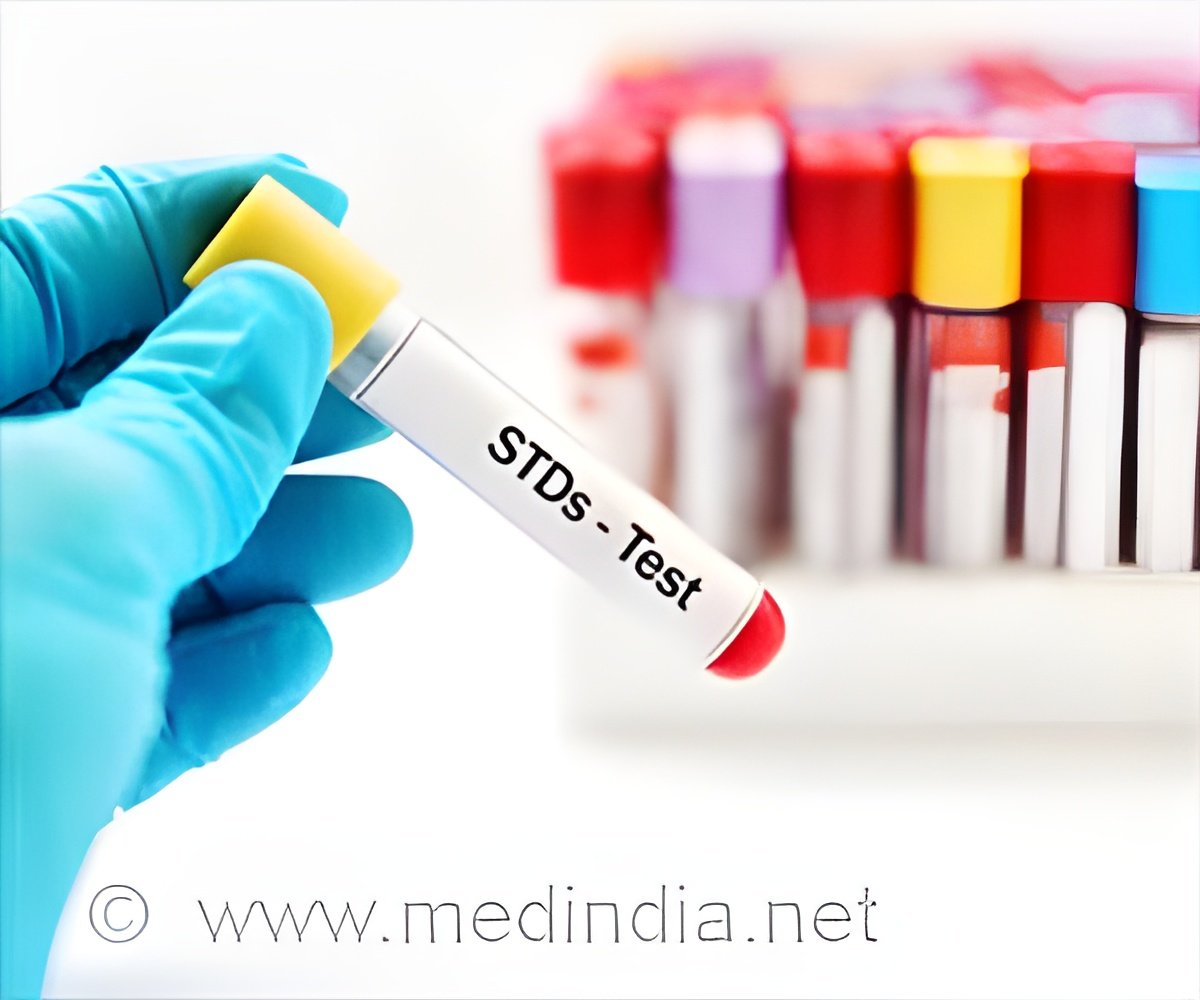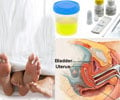The tests identified 255 cases of gonorrhea, chlamydia, or syphilis, most of which (86 percent) would have otherwise gone undetected for lack of symptoms.

Four Steps to Diagnose Sexual Diseases
- Audio computer-assisted self-interview (ACASI) sexual histories at every routine clinic visit
- Patient self-collection of genital, throat and rectal specimens for gonorrhea and chlamydia
- Clinical staff training (four virtual sessions for all team members)
- A dozen sexual and gender minority (LGBTQ+) welcoming signage to the clinic environment
Sexually Transmitted Infections: Incidence
With more people with HIV being in treatment, virally suppressed and thus unable to spread HIV, and more people using HIV prevention medication (PrEP), there has been an increase in condomless sex.Using federal recommendations of asking about sexual behaviors and testing at-risk or symptomatic patients during routine doctor visits and repeating every 3-6 months if risk persists, this evaluative study utilized the four evidence-based interventions at nine HIV clinics in areas with above-average HIV and STI incidences.
According to surveys completed by patients after each clinic visit, more than 93% of participants reported using the ACASI sexual history as “easy” or “very easy.” The LGBTQ+ welcoming measures were significantly more likely to be noticed and liked by those under 50 years old and by those who identified as LGBTQ+.
“Overall, we were very happy with the results,” Nelson said. “The interventions detected a significant number of infections, and patients indicated widespread satisfaction. The next step will likely be making these interventions cheaper and easier for providers. The existing costs, mostly from additional clinical team member time in addressing the STIs, and the ACASI and tablet purchases, were reasonable given the number of STIs detected, but we see opportunities to make them both cheaper and easier, which will increase provider buy-in going forward.”
Source-Eurekalert









